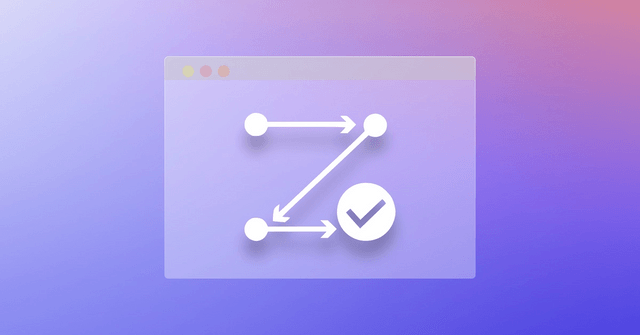May 21, 2019
Implementing FDC3 standards on OpenFin!

Last month we announced the official release of FDC3 1.0. This was a significant milestone as we’ve worked hard to unify applications across the industry. FDC3 supports this cause by envisioning a world driven by small apps with targeted features that can automatically share context and indicate intent to one another.
The ultimate goal of the FDC3 project is to enable a user experience on the financial desktop on par with what we enjoy on mobile devices. Reaching this goal is easily obtainable, but requires a little bit of teamwork.
Implementing FDC3 standards in OpenFin is simple, making it the easiest way to get involved.
First, require it in your app manifest:
{code}This will ensure that the Desktop Service gets started as a dependency of your app. Next, include the Client API. The Client API is available as an npm module.
{code}You can also use a script directly from the OpenFin CDN:
Finally, use the API.
{code}{code}There are also several other ways to take part in FDC3!
FDC3 currently has 4 active working groups. These groups meet every 2 weeks. Each working group has an area on the FINOS Wiki site where meeting information and other resources are posted. There are also several mailing lists available.
- API – The role of FDC3 API standards is to establish a baseline interface for interoperability between applications and support a consistent developer interface for working with FDC3. View more information here about the FDC3 API working group or join the Google group.
- App Directory – The FDC3 App Directory provides trusted identity for financial desktop apps and enables service discovery – allowing multiple directories to federate through standard interfaces. View more information here about the FDC3 API working group or join the Google group.
- Context Data & Intents – The combined Context Data & Intents working group defines a standard set of nouns and verbs that can be used to put together common cross-application workflows on the financial desktop. View more information here about the FDC3 API working group or join to the Google group.
- Use Cases – The Use Cases group works to ensure that the FDC3 standards satisfy a set of foundational requirements defined and validated by the working group participants. View more information here about the FDC3 API working group or join the Google group.
There is also a quarterly FDC3 meeting across all participants and upcoming events to attend. Visit the FDC3 website for more details.
OpenFin has contributed the Hadouken Program into FINOS. The FDC3 service project is a critical part of that. It provides rich FDC3 interop functionality that is available to any app on the desktop connected to the OpenFin bus.
Like all Hadouken projects, the FDC3 service is open source with governance backed by some of the largest firms in the financial industry. This means that you can actively contribute to the FDC3 Github.
You can help shape the future of financial applications. Contributing to the FDC3 community is a step toward unifying applications across the industry. Get started with FDC3 today!
Enjoyed this post? Share it!
Related Posts
All Posts ->
Featured
From Knowledge to Action: OpenFin Notification Center Fuels Productivity Across the Desktop
Tutorial

Featured
Automated Integration Testing Of Your OpenFin App
Tutorial